What The Tech?! Bulletin Board Systems
The humble BBS was the precursor to Forums and Social Media.
The internet is everywhere today, and we’re now evolving the internet of things, which gives us remote sensors that are able to change the way we tackle certain problems. There was a time, though, when things were much simpler (not to mention slower).
However, the technical evolution of our modern devices had to start somewhere, and the old Bulletin Board Systems would be foundational in helping us start to achieve fully digital communication and data exchange. They’d do this by leveraging several new and emerging forms of technology to help unlock more efficient modes of data transfer.
It’s a super interesting story and the star of today’s show. Let’s see how it all unfolded.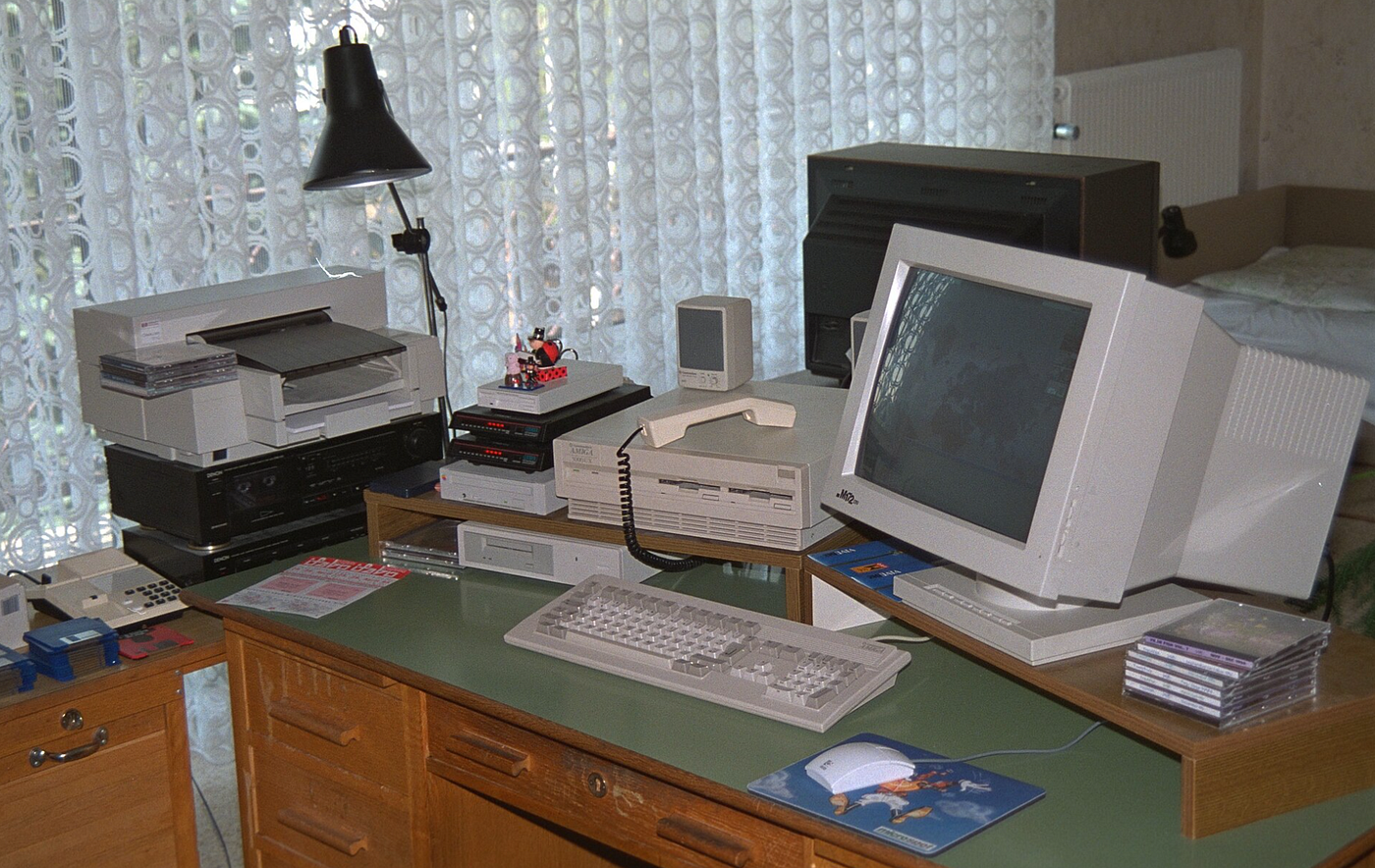 It was another world. Here’s an early, two-line BBS running on an old Amiga system. Source: Wikipedia.
It was another world. Here’s an early, two-line BBS running on an old Amiga system. Source: Wikipedia.
Humble Beginnings
Emerging before the internet was publicly accessible, early bulletin board systems would be a space where users would be able to share files, arrange meetings and post messages. While they were quite niche at the time, they’d already started to use some of the components we’d see in the early iterations of the internet. Namely, a modem, linked to a telephone line that would be interfaced with a computer.
It would be 1978 when the first would emerge, however, it’s important to provide a bit of additional context here.
If you’re of the older generation, you probably remember timed phone charges and the difference between a long-distance and local call. With the telephone being peak communications technology, long-distance calls came with a hefty cost. So while the capability existed for true, global communication via computer, the reality was that, for the most part, this would be limited to governments and the wealthy.
There was one other niche category of user though. Early phone phreakers would use their skills to help gain free long-distance calls that they could then use to connect to faraway BBS links.
These links were far from high-speed. While it would vary according to the hardware in use, it would typically be around 300 baud, which is archaically slow. Despite this, these early systems would become hubs of activity that would be responsible for laying the foundations of much of the hacker and maker culture that we still see today.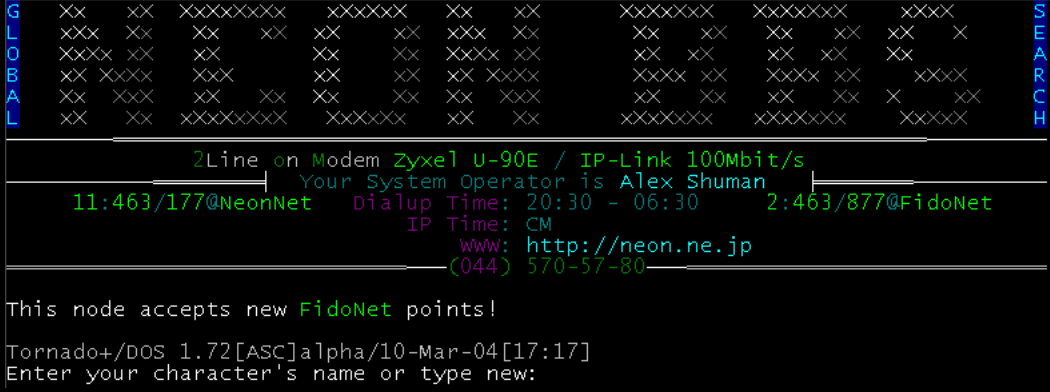 Fidonet would emerge in the mid-80s and become a hub of resources that included games and software. Source: Wikipedia.
Fidonet would emerge in the mid-80s and become a hub of resources that included games and software. Source: Wikipedia.
Usenet, Fidonet & The Boom
Much of the early hardware would be “homebrew”, but seeing the value in the new systems for commercial applications, it wouldn’t take long for manufacturers to get on board and start turning out suitable hardware to streamline the whole process. When systems like the Hayes Smartmodem hit the market, it would make it far easier to get set up and online.
As 1984 would come and go, Fidonet would emerge as a hub of localised activity, where gamers, coders and other tech sorts would share all types of content on their local BBS. We’d even see the start of sailing the seven seas for piracy, as it wasn’t uncommon for content to be shared “under the table,” so to speak.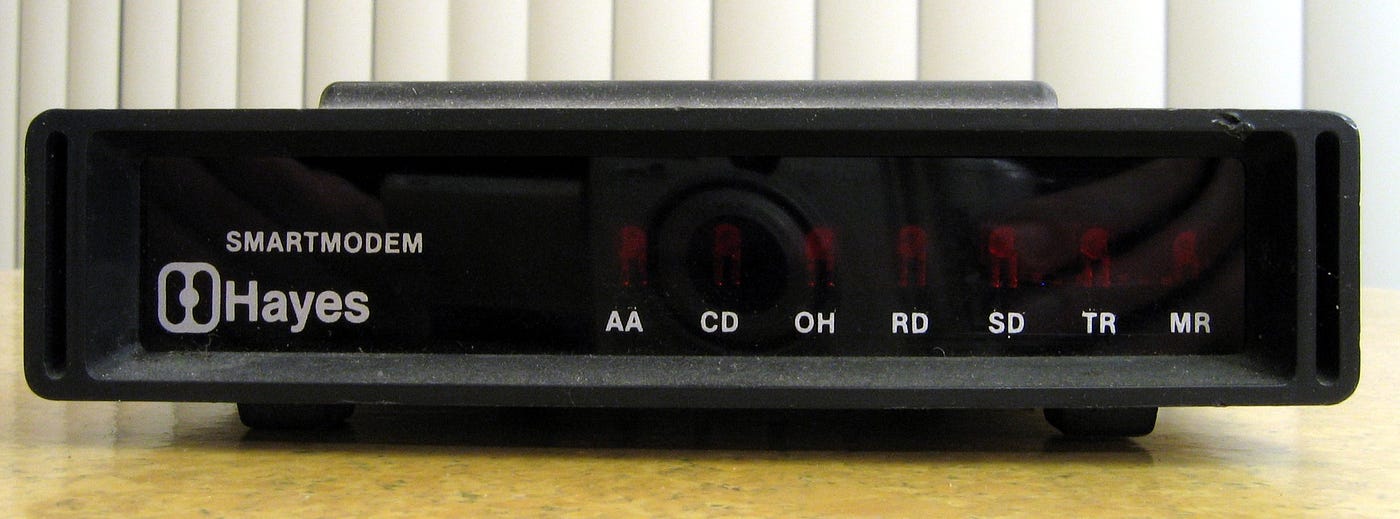
Fidonet would operate as a store-and-forward system similar to the amateur radio BBS that were also quite popular at the time. It had true utility and would operate with most BBS software of the time. One of the most relevant features was its ability to easily make changes to compression algorithms. With the slow data speeds that we’d experience, being able to quickly leverage new methods meant that Fidonet could leverage said emerging technologies. This would help streamline the BBS experience and make it more like the early internet, albeit with some very distinct differences.
It would be Usenet that the older readers would be most likely to remember, though. A mainstay of 90s computer culture, Usenet wasn’t a true bulletin board system, but it would leverage many of the same aspects to help make it modern and user-friendly. It deserves a special mention for evolving to be internet-based and global in its application.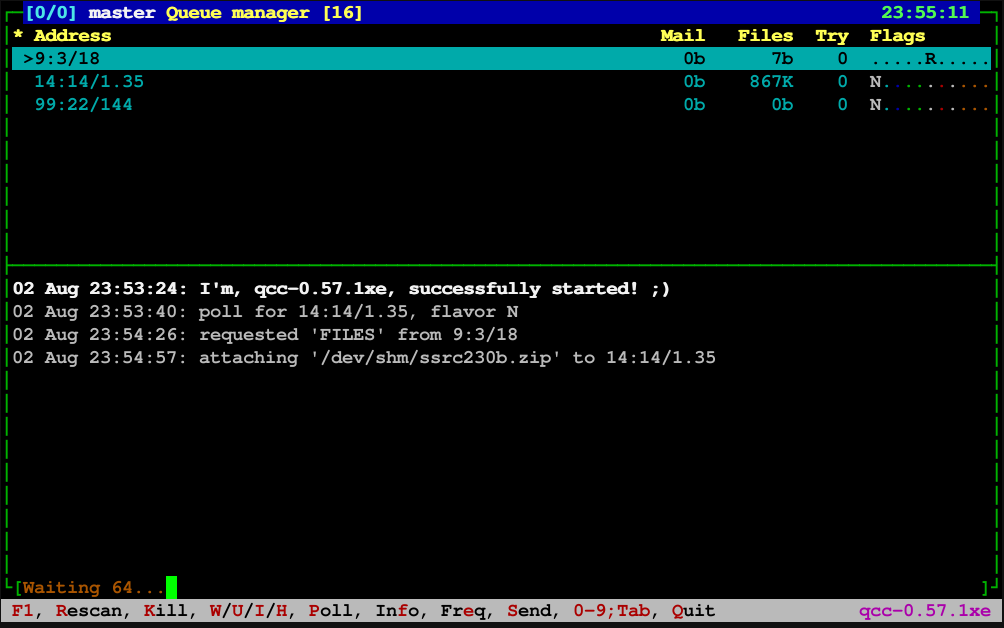 The BBS would start being text based, but graphics would come as technology improved. Source: Wikipedia.
The BBS would start being text based, but graphics would come as technology improved. Source: Wikipedia.
The Slow Decline
While they would be an essential step in the roadmap to what would eventually become the internet, the BBS had some inherent limitations that would make its downfall almost inevitable. The key to this would be in the way that we applied the technology at its core.
Technology never occurs in a vacuum, and while BBS popularity would explode, the reality was that the TCP/IP-based internet was rapidly evolving as well. While it would predominantly be commercial applications pushing this drive, it would have huge ramifications for the civilian world as well.
Remember how we said that the BBS would evolve to be a local hub of culture due to the limitations of the telephone network? Well, as both of these things evolved, that would become less of a problem. As we laid submarine cables and launched satellites, long-distance communications would become much easier and therefore cheaper. At this point, it would be inevitable that leveraging the network on a global scale would mean that most forms of localised communication would start to dissipate as well.
Because of this, our community would become truly global in a matter of just a few decades. Pretty wild how that works.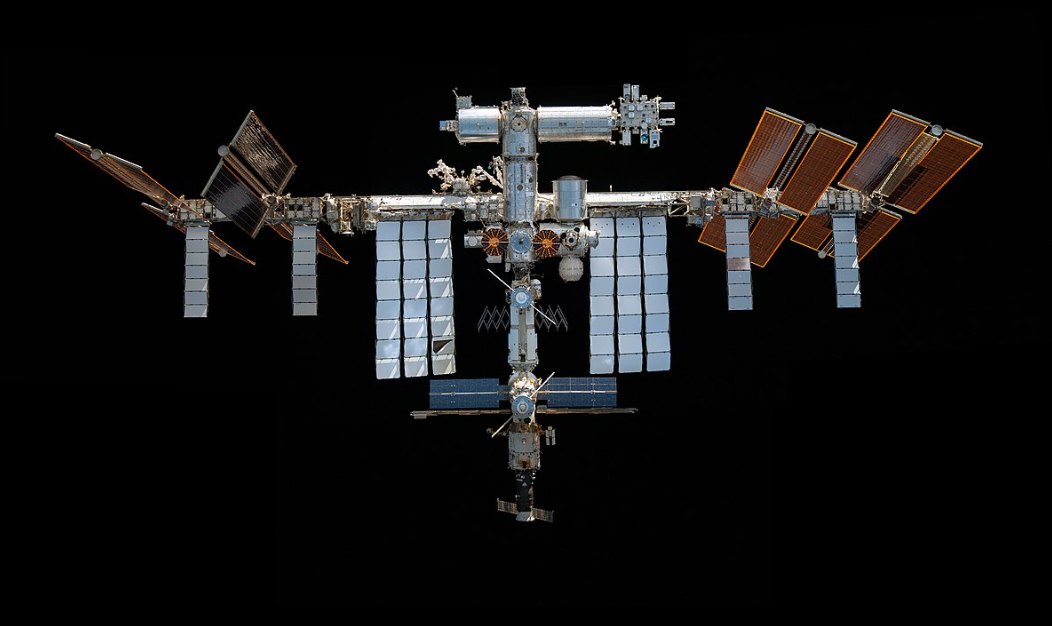 The ISS has the world's highest BBS system. It runs a BBS using the VHF amateur band to downlink. You can find it on 145.825MHz. Source: Wikipedia
The ISS has the world's highest BBS system. It runs a BBS using the VHF amateur band to downlink. You can find it on 145.825MHz. Source: Wikipedia
Modern Iterations & Going Orbital
As retro computing became a hobby, we’d see the occasional BBS set up for novelty purposes. However, they still maintain some small relevance even today. While the internet exists, it’s not uncommon for some radio amateurs to run a BBS for experimental purposes.
Rather than using phone lines though, they’ll use the RF spectrum to send data at much higher speeds. The packet-based APRS network runs at 1200 baud, but with the correct equipment, RF systems are capable of much higher speeds. You can read more about this in the Python Radio series by Medium writer
Simon Quellen Field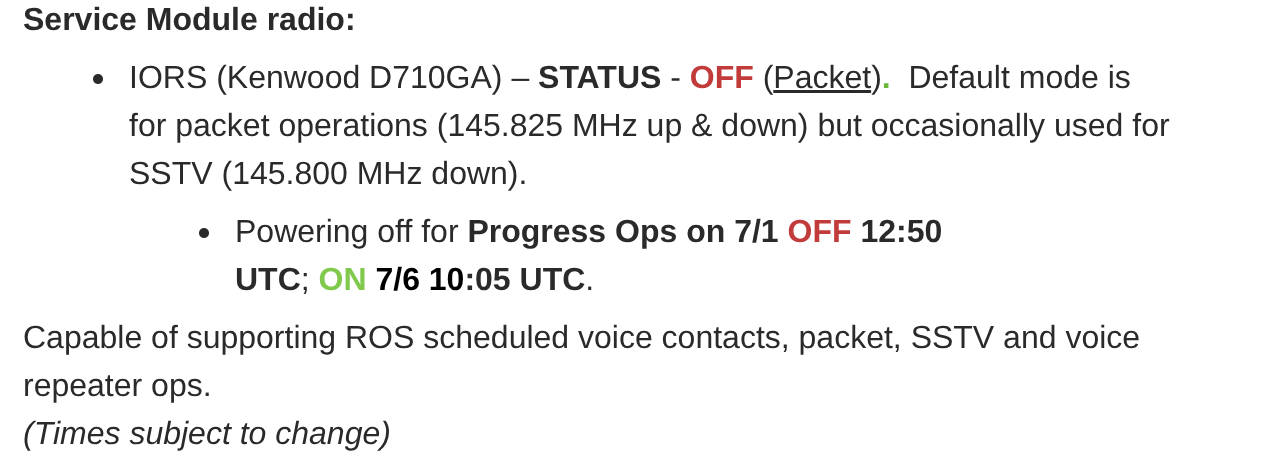
On the topic of RF-based systems, one particular unit holds the record for the highest BBS system at the moment. While plenty have flown higher on satellites, the packet-radio based system on the International Space Station still sees regular use and is in service even today. While you’ll need an amateur radio license to transmit to it, you can receive it using nothing more than an RTL-SDR dongle paired with a few software plugins.
If this type of thing interests you, wander over to the Radio Hackers publication, where you can learn all about it.
If you found this article insightful, informative, or entertaining, we kindly encourage you to show your support. Clapping for this article not only lets the author know that their work is appreciated but also helps boost its visibility to others who might benefit from it.
🌟 Enjoyed this article? Join the community! 🌟
📢 Join our OSINT Telegram channel for exclusive updates or
📢 Follow our crypto Telegram for the latest giveaways
🐦 Follow us on Twitter and
🟦 We’re now on Bluesky!
🔗 Articles we think you’ll like:
- What The Tech?! Space Shuttles
- Shodan: A Map of the Internet
✉️ Want more content like this? Sign up for email updates

































